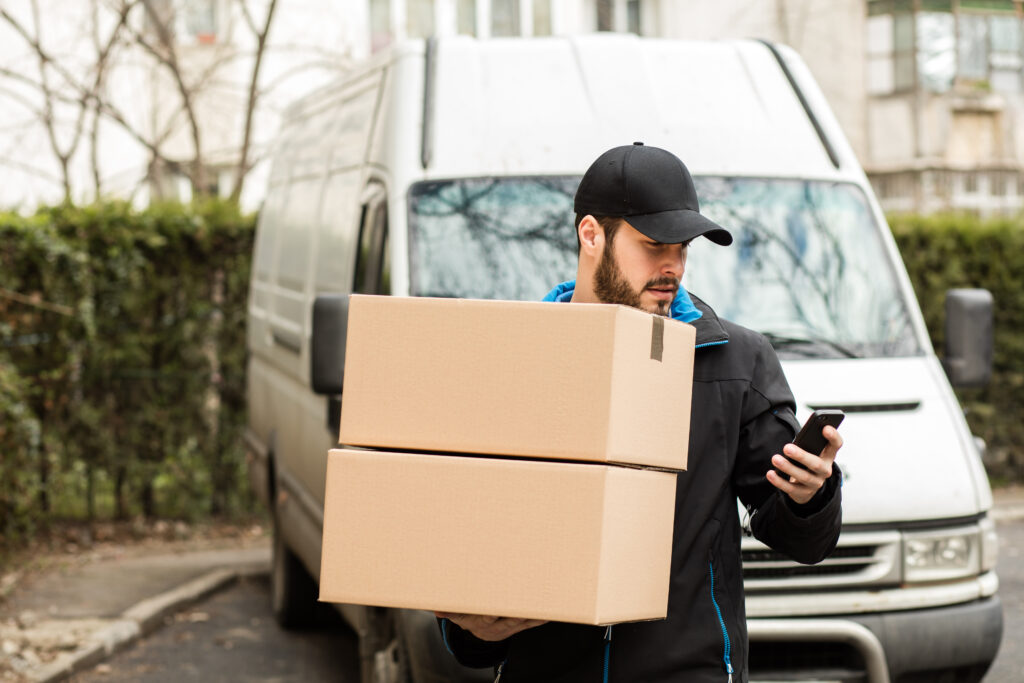The consumer standard for shipping times has shifted massively. For the better part of a decade, customers have been able to order goods online and receive them within about 48 hours. This paradigm shift has led to businesses massively overhauling their logistics operations. No longer is it possible for all parcels to be shipped from one central warehouse to anywhere in the world. This forces the shipping providers to adjust as well.
For a modern and well-adapted logistics operation, the focus must be in the final mile. By 2023, it is estimated that 50% of all e-commerce orders will be filled through local fulfillment. With local fulfillment comes local delivery, and the industry must adapt itself to this reality. Immense access to data and technology enables companies to quickly analyze and optimize their workflows, but only if they have the tools. With data comes knowledge, but only if it is used correctly. That is the driving ideology behind digital transformation, and digital transformation is where the industry leaders are spending their time and money now for the future.
Digital transformation is a topic that is top of the list in the post and parcel industry right now. Top-tier consulting firms have focused attention on write-ups about the industry, and every one of them concentrates heavily on digital transformation for the final mile. To stay at the forefront of digital transformation, companies turn to data-driven tools, like artificial intelligence (AI), to optimize their supply chains as a necessary first step. Companies are using AI in a preventive way to understand disruption patterns and avoid delays before they happen. PostNord uses these tools to optimize customer experience and ensure that real-time data is accessible throughout the shipping process. Stepping into the digital age gives companies new opportunities and competitive advantages. Digital transformation enables companies to use historical data and see new ways to improve their processes. Post and parcel companies can become leaders in industry innovation by using data. Today, digital tools are being used to address operational efficiencies and sustainability initiatives. Routines are continuously optimized through real-time data collection, ensuring posts and parcels are delivered on time. Alternatively, with route optimization, post and parcel companies can decrease their daily emissions, reducing their yearly carbon footprint.
In a world where shipping time and knowing the estimated time of arrival are critical factors in brand loyalty, the post and parcel industry must transform to meet consumer expectations. Ongoing case studies have shown that companies have improved shipping time by up to 30% through network optimizations. Technology like FarEye’s Intelligent Delivery Management Platform enable post and parcel companies to increase their OTIF (on-time, in full) performance by 24%. The digital age has been on the horizon for the post and parcel industry for a long time now. Companies must prioritize the adoption of the tools necessary to prepare themselves for the disruption.


